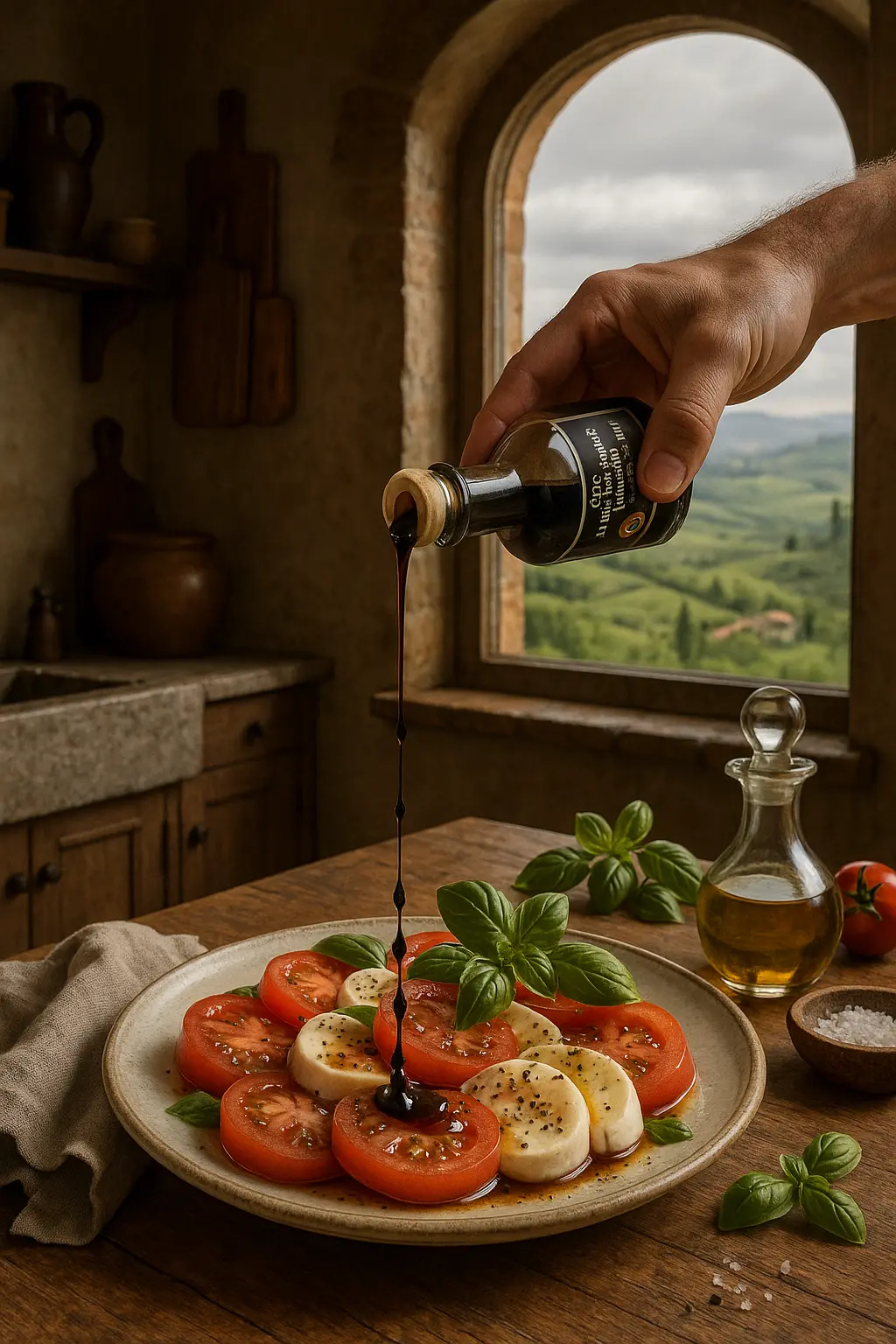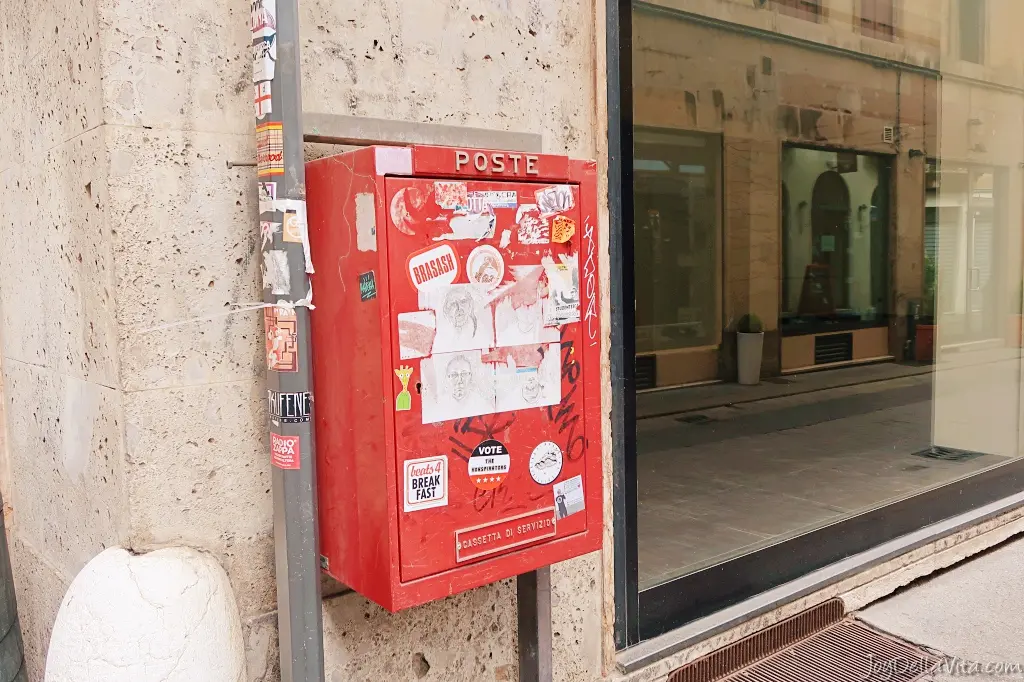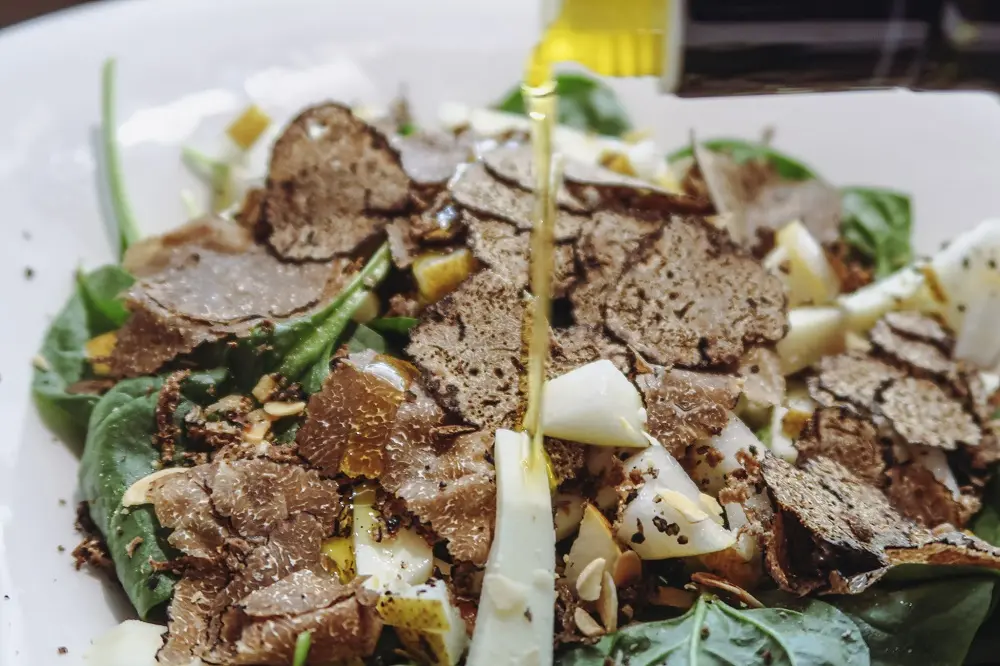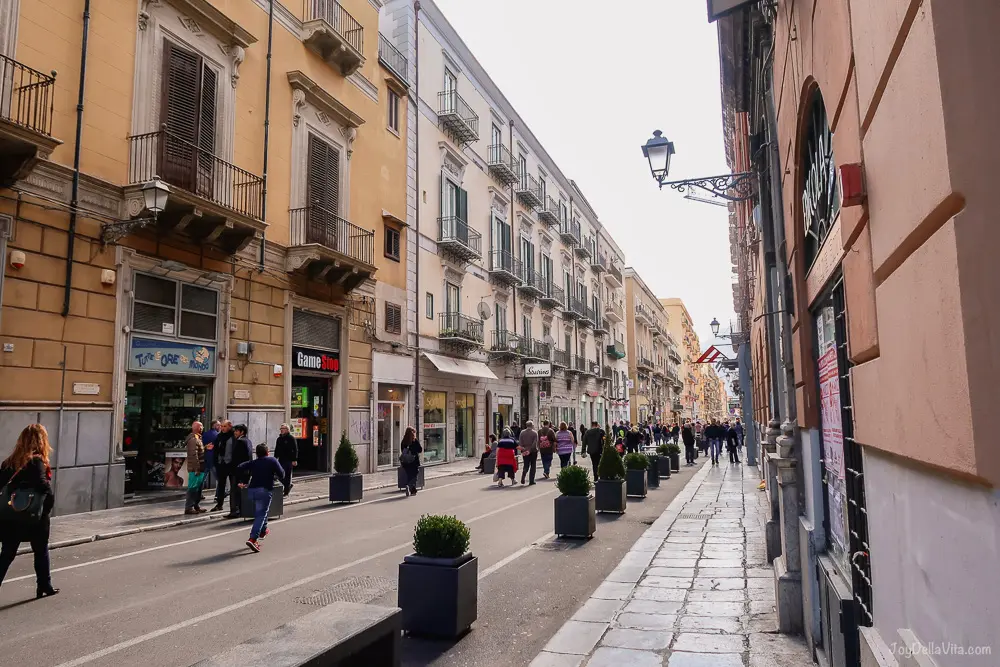Have you ever noticed the letters ‘IGP’ gracing the packaging of some of your favourite Italian delicacies, like creamy cheeses, flavourful Piadina Romagnola, or that exquisite Balsamic Vinegar from Modena? It’s a common sight on authentic Italian products, and understanding what IGP stands for can truly enhance your appreciation for the quality and heritage behind them. So, let’s delve into the delicious details of this important European quality label.
the meaning of IGP
IGP stands for Indicazione Geografica Protetta, which translates from Italian to Protected Geographical Indication in English. This designation is a European Union scheme established to protect the names of regional food products that have a specific link to the geographical area in which they are produced, processed, or prepared.
Think of it as a guarantee of origin and quality. While it doesn’t necessarily mean that all the ingredients must come from the specified region (unlike the stricter DOP designation), it does ensure that at least one stage of the production, processing, or preparation takes place within that defined geographical area, following recognised local methods. This link to the territory gives the product specific characteristics or a certain reputation.
Why is IGP Important?
The IGP label serves several crucial purposes, both for producers and consumers:
- Protecting Producers: It safeguards the name of the regional product from misuse or imitation by producers outside the designated area. This helps to maintain the integrity and value of their traditional products and know-how.
- Assuring Consumers: For us food lovers, the IGP mark acts as a trustworthy indicator of quality and authenticity. It assures us that the product has a genuine connection to its place of origin and has been produced according to specific standards.
- Promoting Regional Heritage: IGP recognition helps to preserve and promote the unique culinary traditions and local specialities of different European regions. It highlights the link between the land, the local expertise, and the resulting food product.
What Types of produce often carry the IGP Label?
A wide array of delectable Italian products proudly display the IGP mark. Here are just a few examples of the types of produce you might often find protected by this label:
- Cheeses: Think of creamy Gorgonzola IGP or the distinctive Pecorino Sardo IGP.
- Fresh Produce: Savour the taste of Radicchio Rosso di Treviso IGP or the sweet Tropea Onions IGP.
- Baked Goods: Indulge in the thin and tasty Piadina Romagnola IGP.
- Meat Products: Enjoy the flavour of Speck dell’Alto Adige IGP or Mortadella di Bologna IGP.
- Condiments: Drizzle the rich Aceto Balsamico di Modena IGP over your salads.
This is just a glimpse, and many other fantastic Italian and European products benefit from the IGP designation, each with its own unique story and connection to its land.
IGP Seal of Quality
Next time you’re browsing for authentic Italian ingredients, keep an eye out for the IGP logo. It’s a little mark that carries a lot of meaning, representing a commitment to quality, tradition, and the unique character of its geographical origin. By choosing IGP products, you’re not only treating your taste buds but also supporting the preservation of Europe’s rich culinary heritage.











Leave a Reply